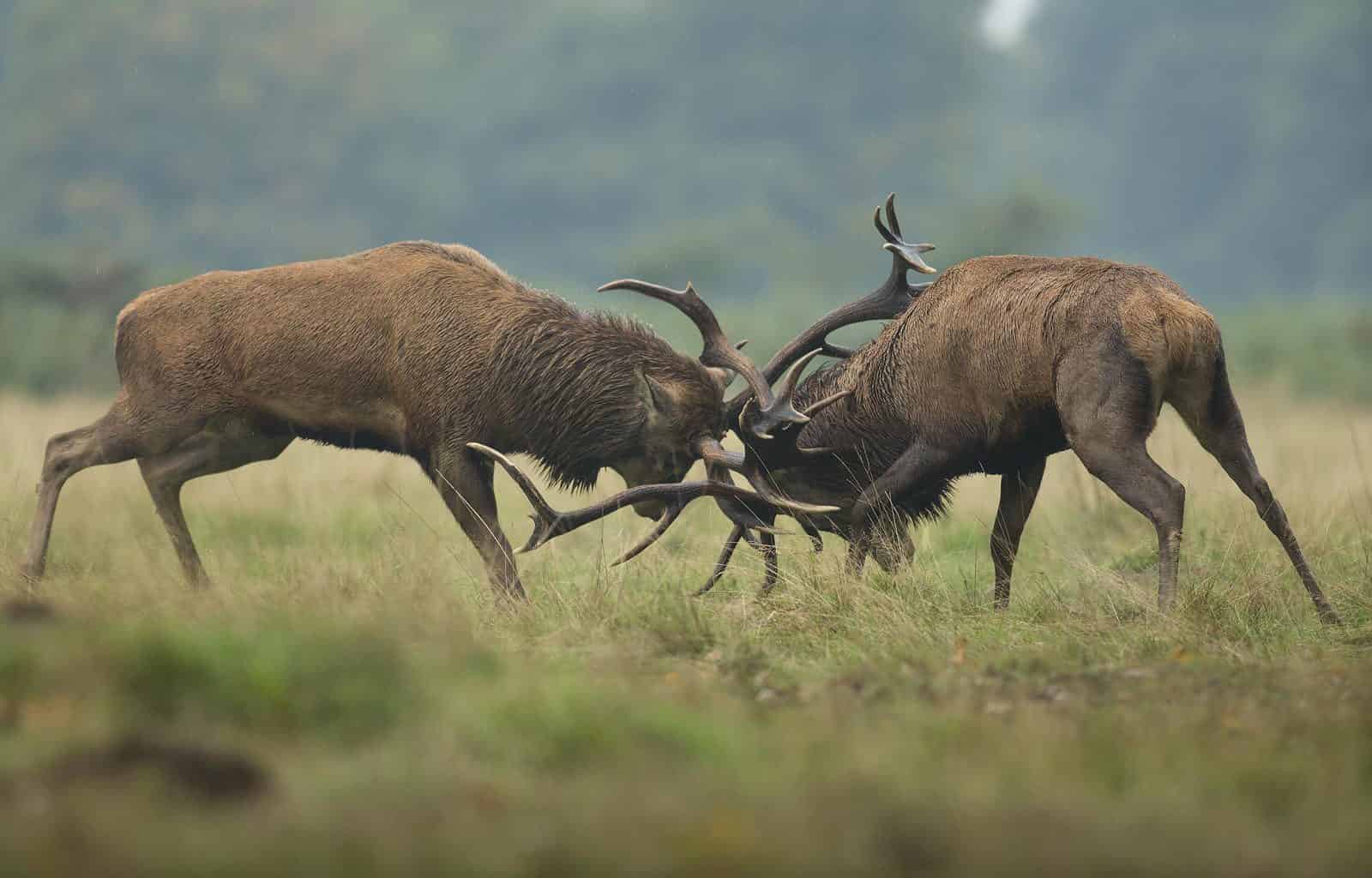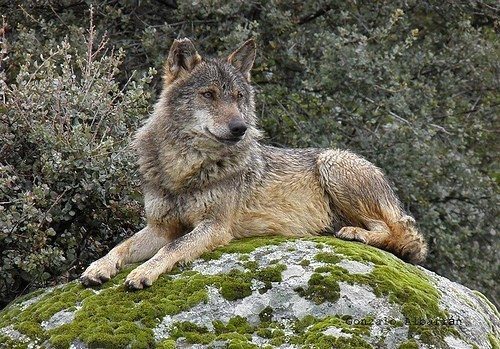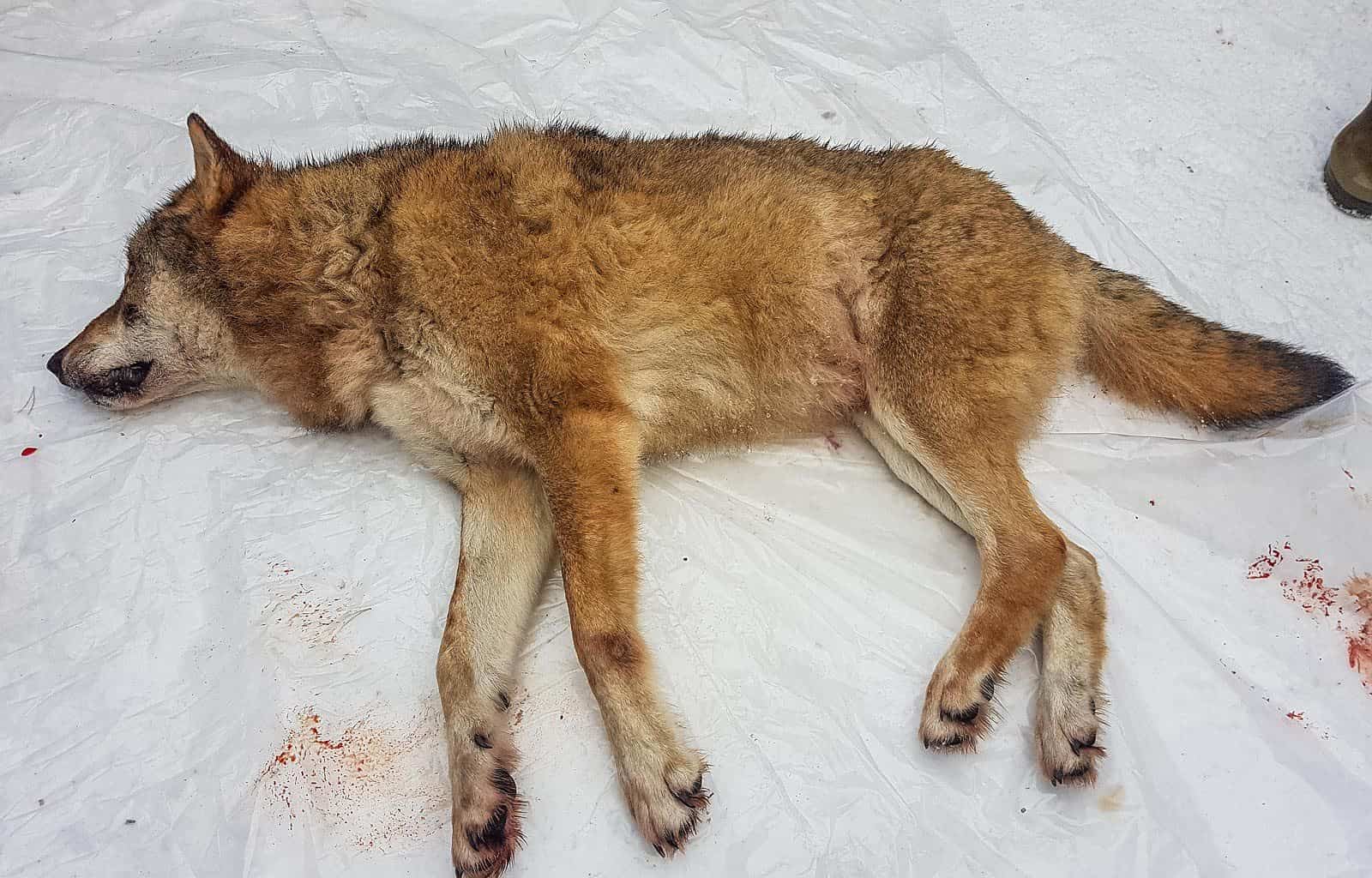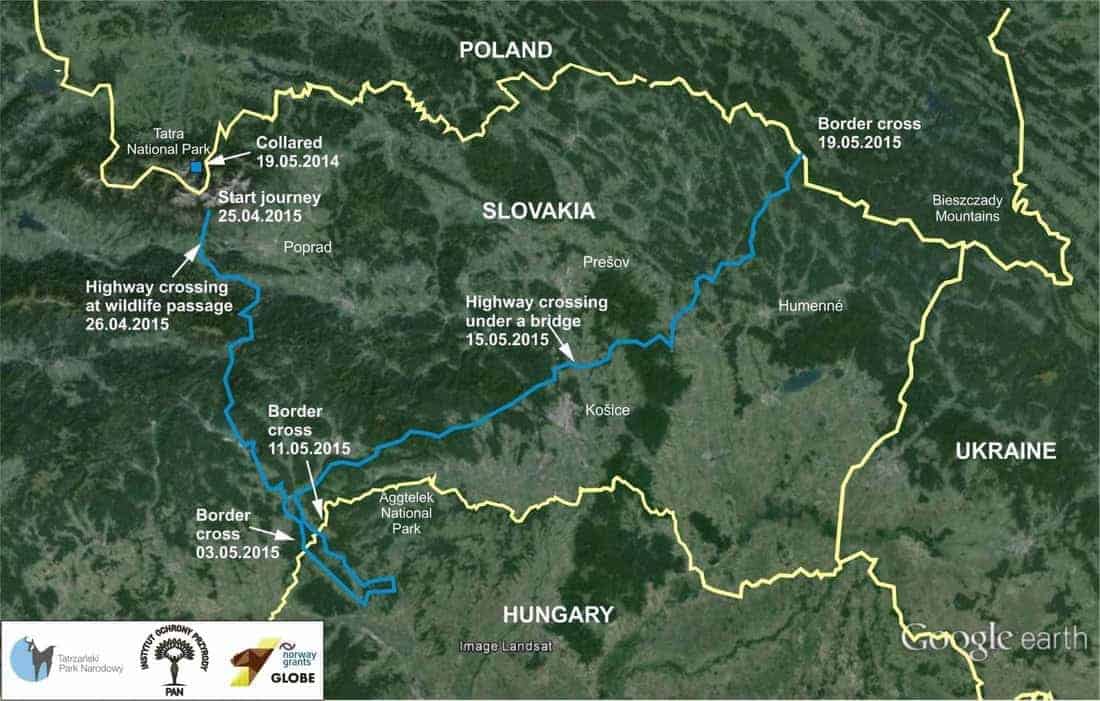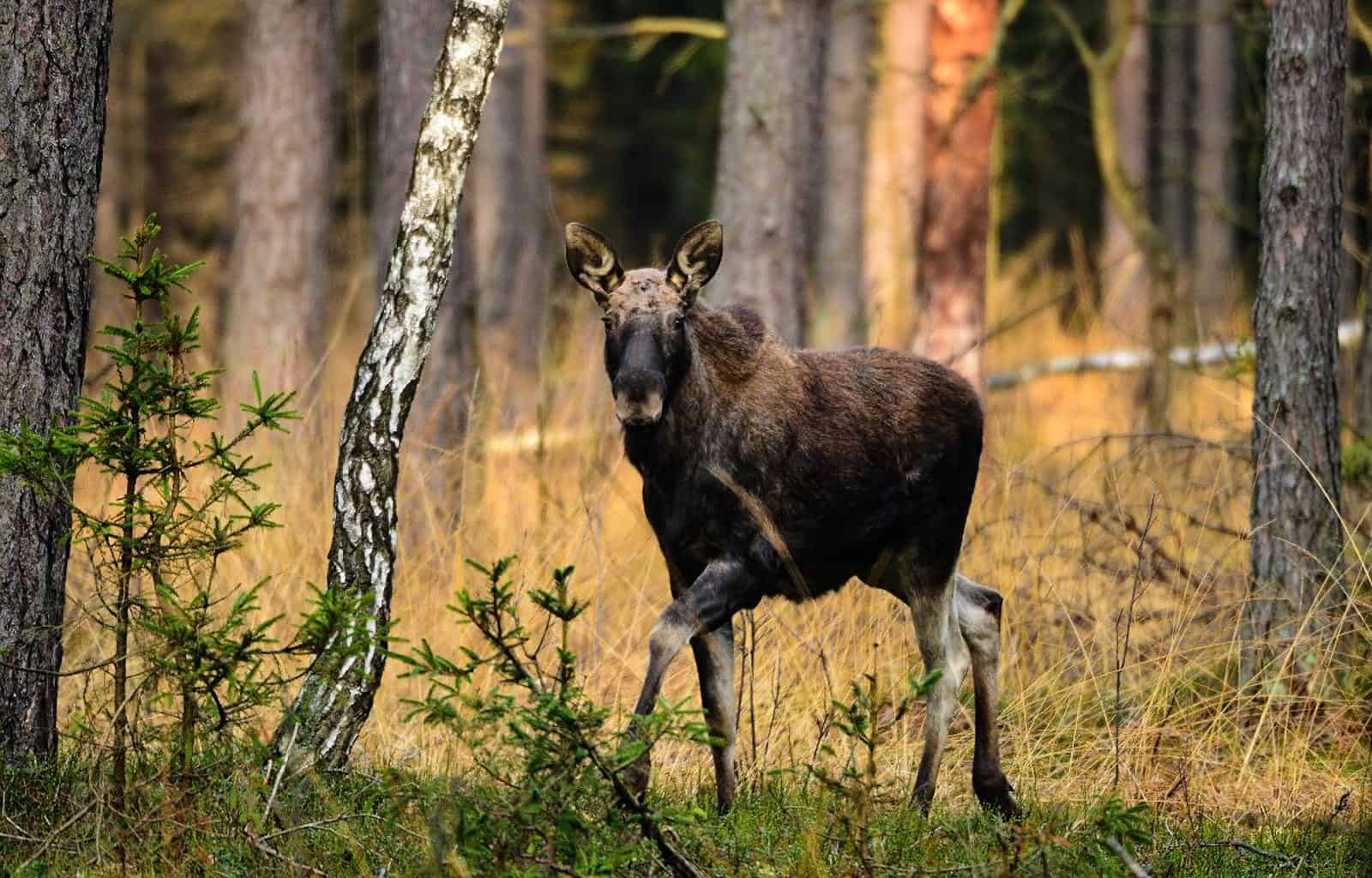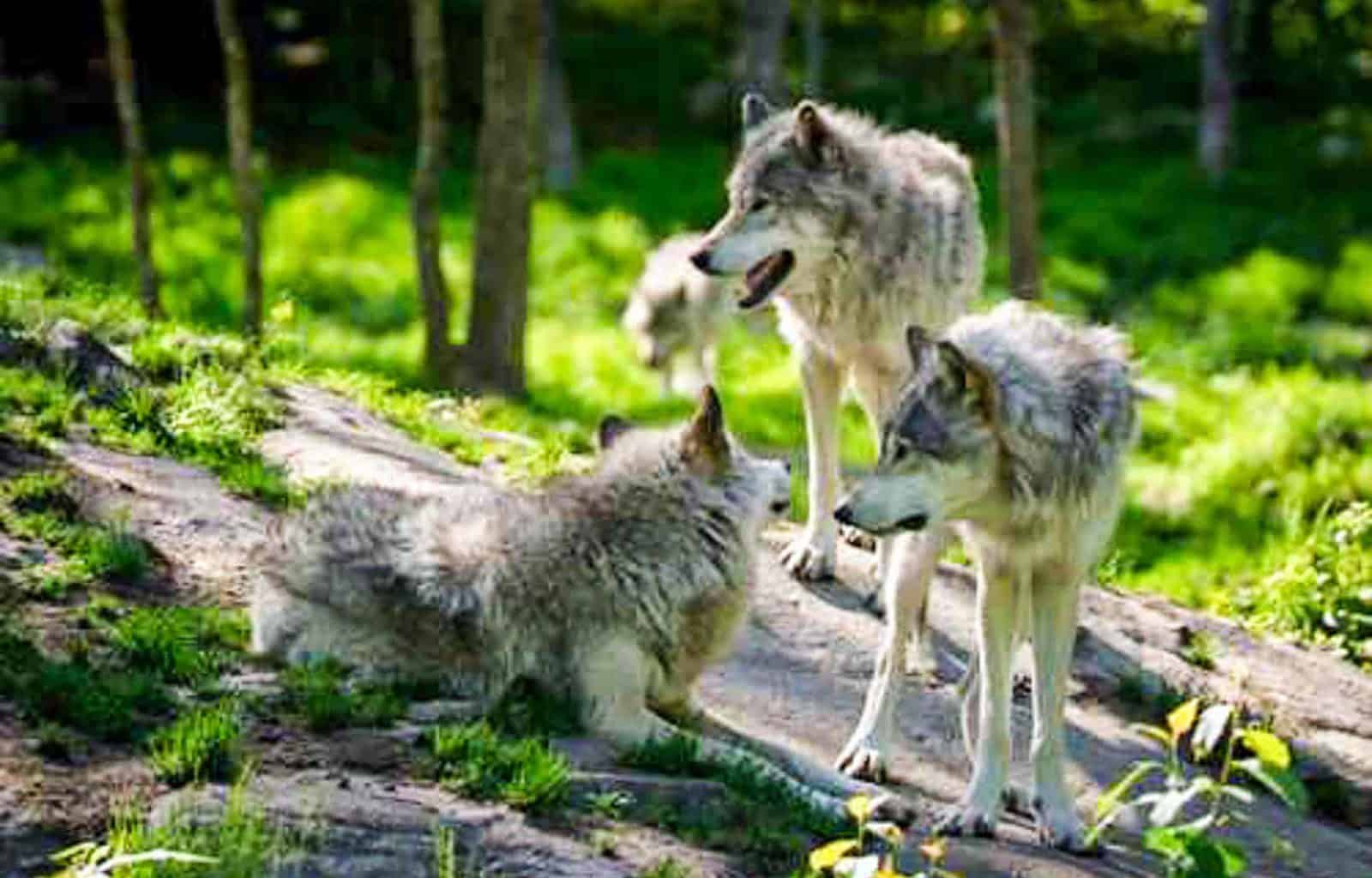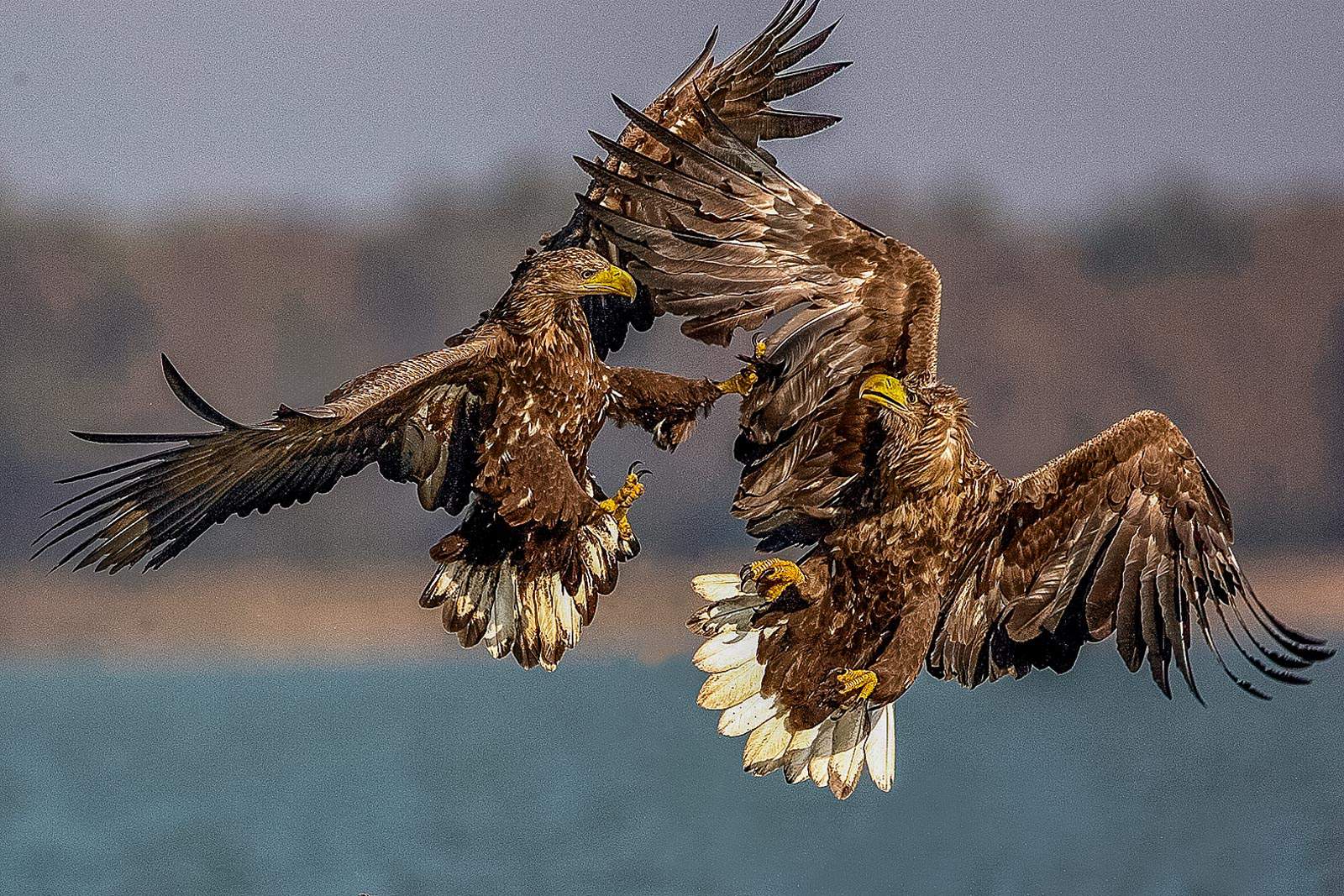Ungulate management in European national parks should be improved
A recent study by van Beeck Calkoen et al. (2020) explored how national parks in Europe manage their ungulate their populations. Their particular interest was to see how close to naturalness their management was. According to the IUCN guidelines, protected areas, in particular national parks, should keep human interventions to a level that do no harm to biodiversity and ecological processes. Thus, applying this to ungulate management, predation, interspecific competition and food availability should ideally control their populations.
Please also read: Who are the ecosystem engineers?
However, in many of the parks, one of the population controls, namely predation, is entirely absent or too low. Large carnivores that prey on ungulates, in particular wolf and lynx, disappeared from a large part of Europe and only recently started recolonising the continent. However, due to human-wildlife conflict, there are hunts and culls in many coutries, keeping their populations low. Too low to effectively control ungulates. Consequently, when ungulate populations are very high, they have a detrimental effect on the vegetation due to overbrowsing.
To prevent this, ungulate populations are also controlled by artificial feeding and hunting. Artificial feeding prevents them from overbrowsing especially in winter, while hunting directly decreases their population. However, this of course does not comply with IUCN guidelines for naturalness of the protected areas.
Ungulate management in most parks far from natural
The study examined the naturalness of ungulate management by focusing on two indicators: species composition and human intervention. These two included measures of species diversity, domestic species presence, hunting and artificial feeding. In addition, various factors, such as national park’s size and age, were assessed for their impact on the naturalness of ungulate management.
European policy for national parks
The study found that ungulate hunting or culling is present in over two thirds of all parks. In addition, artificial feeding occurs in over 80% of parks. IUCN predicts that at least 75% of a park’s area should be left for non-intervention management. Yet, only 28% of parks meet this criterion. In addition, there are great differences in ungulate management between European countries. This is likely the result of a lack of Europe-wide policy on management of national parks, leaving it free to each specific country to decide. How the countries manage ungulates will therefore depend on their own hunting history and culture. The only centrally organised network of protected areas are Natura 2000 sites. However, they specifically focus on the conservation of species listed in the Birds and the Habitats Directives.
While formally all national parks should be IUCN Category II, many parks did not meet these criteria. Therefore, most parks had more human influence, such as domestic animals, which also correlated with lower wildlife diversity. The parks that met the IUCN criteria were much more likely to have natural ungulate management. Therefore, for natural parks to fulfil their primary role of protecting biodiversity and ecosystem processes, they should follow the IUCN guidelines more closely. In addition, a more integrated Europe-wide national park management policy would be helpful to agree on the definition of a national park and enforce the IUCN guidelines. By reducing human intervention and increasing the naturalness of national parks in Europe, the Wilderness would also increase.

